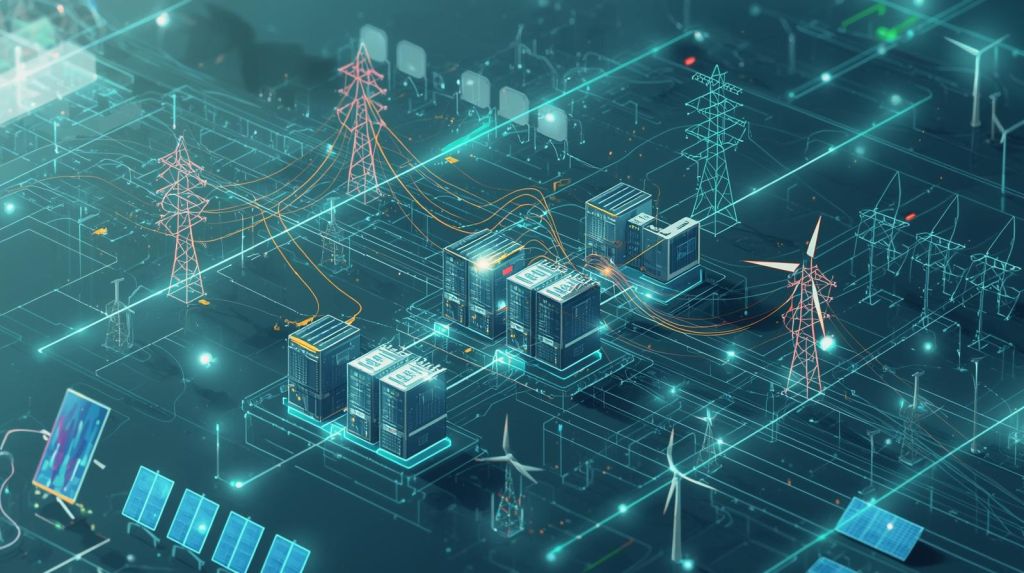Data centers are operators at an interesting infection point. How best do the performance and strength of workload AI and monitor the need for sustainability?
NTT Global Data Centers (GDC) may have a better understanding of this question than most others. In the latest report on the global sustainability of the company, Doug’s CEO wrote that this industry “must align technological progress with the conscientious environmental and social care” and that the NTT GDC has been “determined to ensure the revolution of AI sustainable”. The ethos of the sustainability of the company “People, Planets, Prosper” embodies it.
Neal Kalita is the head of energy and energy director in NTT Global Data Centers and spent 20 years in various roles in real estate and renewable energy. The data center industry is therefore an obvious home for its skills; One in which data centers are becoming increasingly significant in the mainstream media. “I think the cognitive jump is a really interesting thing that we have as a sector we have to get to all parties that meet with us and that we communicate with them, both in development and operation,” he says.
Goldman Sachs assumed in February that AI would lead by 2030 by a 165% increase in demand for data centers. “I think we will move to a much more volatile world and I think it will represent both challenges and opportunities, as the network develops and responds to these AI loads,” he says.
With sustainability that is not for many businesses, the key interaction between data centers and network network operators will be key. In the EMEA Kalita region, it notes that the legislative landscape has stiffened and points to the Act on the Energy Efficiency of the German (ENEFG), of which data centers were a key part of it, as “” seeking to bring some inspection and (…) liability “for data centers operators.
“I think it must be thick,” Kalita says. “We need to deal with governments more to help set this agenda and what works for our business model and what works for country.”
NTT GDC has inserted various innovations that help customers, from fluid cooling and direct cold boards into the chip, to operations optimized A-optimized. These innovations can “close this feedback and provide a greater response to the variability of the AI load itself,” says Kalita.
“We do some interesting things around the Smart Grid partnership and look at the modular design of the data centers,” says Kalita. “How do we actually become a good citizen of the grid and support that in terms of reaction on the side of demand? How can we use part of our respondents’ infrastructure?”
Kalita speaks at the Data Center EXPO Europe on the topic AI “tsunami” transforming a modern data center. It quotes as key topics “Pivot from predictability to volatility” and the need for cooperation and resistance – “resistance we can bring to the local community and infrastructure networks we are involved in.”
“It’s exciting times,” Kalita says. “I think this is probably one of the (these) basic changes. The data centers sector have these step changes and I think we are in one of them right now.”
Check out the interview:
Want to learn more about cloud computing from industry leaders? Check out Cyber Security & Cloud Expo in Amsterdam, California and London. The complex event is part of TechEx and together with other leading technological events. Click here for more information.
Techforge Media is powered by News. Explore other upcoming business technology and webinars here.

